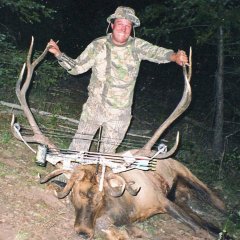Sign in to follow this
Followers
0

Spotting Scopes: Observing Technique Questions
By
Swivelhead, in Optics and tripods

By
Swivelhead, in Optics and tripods